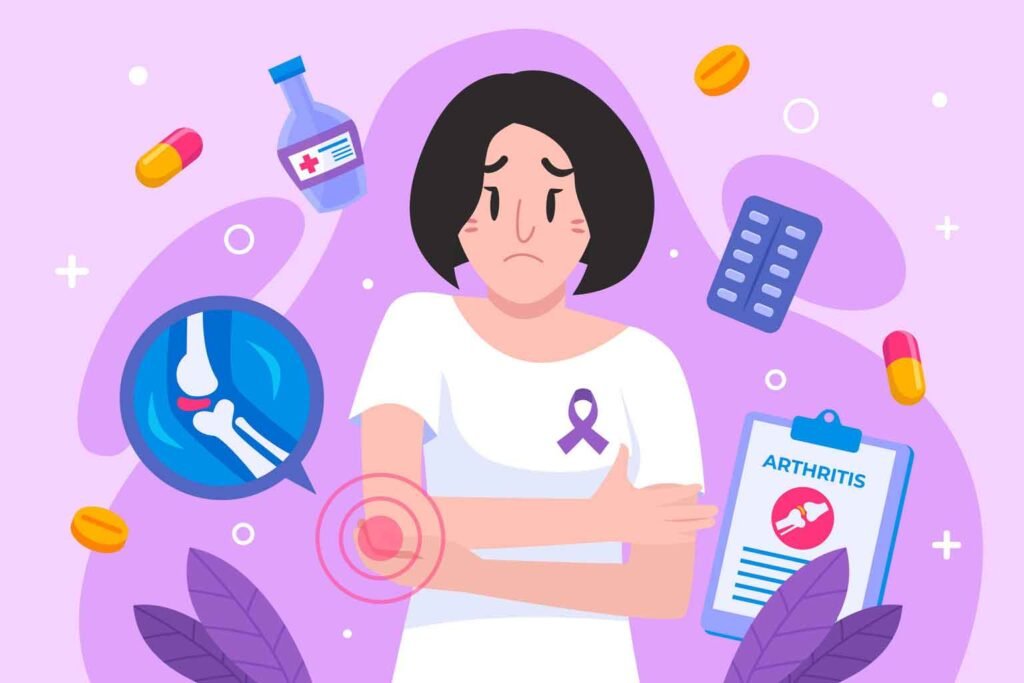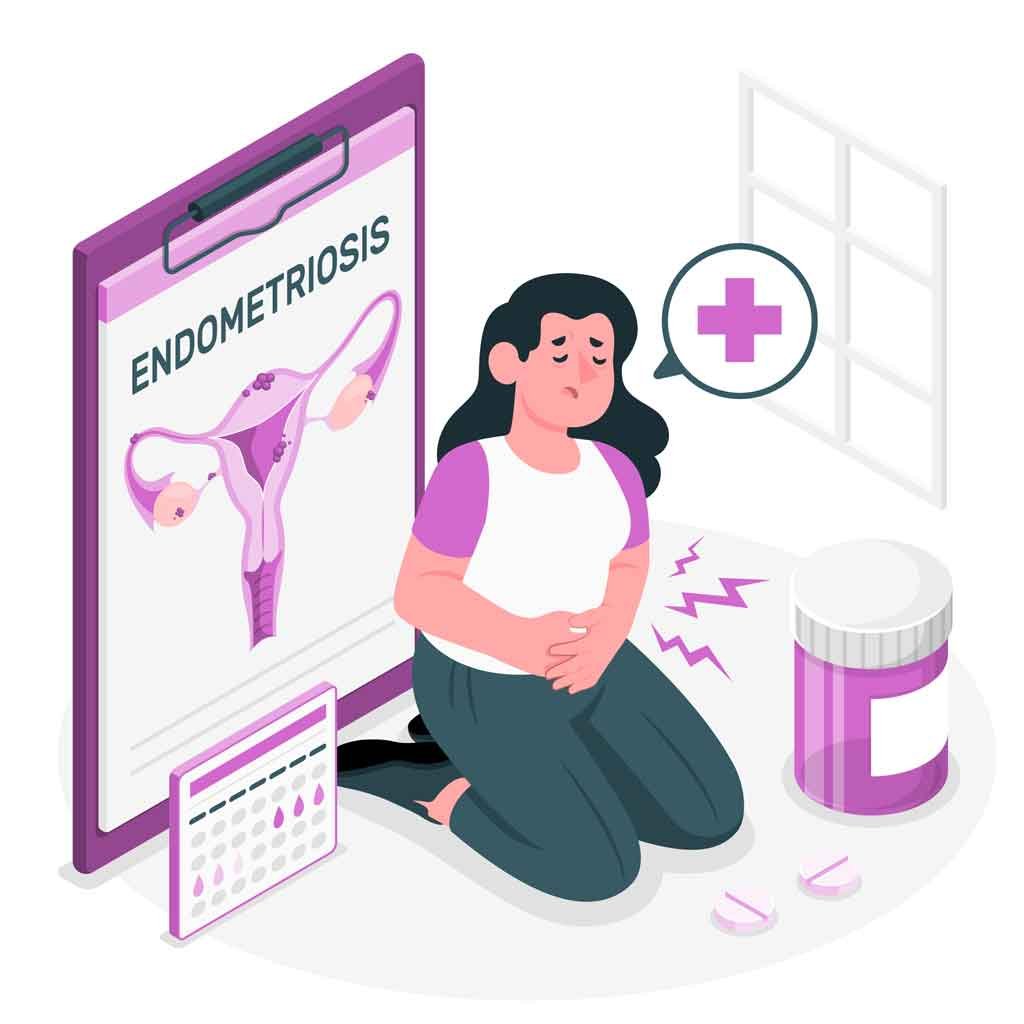Introduction to Women’s Health Issues
Women’s health issues encompass a broad range of physical diseases that uniquely affect females through various biological, social, and environmental factors. Health challenges faced by women can significantly differ from those encountered by men, not only in terms of physiology but also in their manifestations and treatment responses. This disparity often calls for an enhanced understanding and tailored healthcare approaches that prioritize conditions frequently affecting women.
One of the critical distinctions in women’s health is the hormonal fluctuations that women experience throughout their lives, from menstruation to menopause, which can influence the onset and progression of various diseases. For instance, conditions such as heart disease and autoimmune disorders may present differently in women than in men, underscoring the importance of gender-specific research in medical fields. Additionally, certain diseases, such as breast and ovarian cancer, specifically target females, necessitating dedicated protocols for prevention and treatment that cater to the needs of women.
The existing societal and cultural barriers also pose significant challenges to women’s health. The stigma surrounding certain diseases, lack of access to adequate healthcare services, and unequal representation in clinical trials further compound these issues. As a result, healthcare providers, policymakers, and researchers must prioritize women’s experiences and perspectives when addressing health concerns. By fostering an environment that encourages open discussions about women’s health issues, we pave the way for more effective preventive measures and treatments tailored to their unique needs.
Ultimately, an increased awareness of how physical diseases manifest in women is essential for promoting better health outcomes. A comprehensive understanding of these issues will contribute to more equitable healthcare, thereby improving the quality of life for women and supporting their overall well-being.
Common Physical Diseases Affecting Women
Women face a unique set of health challenges, with various physical diseases exhibiting a higher prevalence or presenting differently compared to their male counterparts. Understanding these conditions is crucial for early detection and effective management.
Breast cancer is one of the most common cancers among women, characterized by the uncontrolled growth of breast cells. Symptoms may include lumps, changes in breast shape or size, and unusual discharge. Risk factors for breast cancer include genetics, age, and hormonal factors. Regular mammograms and breast self-examinations are essential for early detection, significantly improving treatment outcomes.
Ovarian cancer poses another significant health risk, often detected at later stages due to subtle symptoms such as bloating, pelvic pain, and frequent urination. The risk factors include family history, age, and certain genetic mutations. Women are advised to consult their healthcare providers if they experience persistent symptoms, as early screening can lead to a better prognosis.
Autoimmune diseases, such as lupus and rheumatoid arthritis, disproportionately affect women. These diseases occur when the immune system mistakenly attacks healthy tissues, resulting in inflammation and tissue damage. Symptoms vary widely but may include fatigue, joint pain, and skin rashes. Early diagnosis and treatment are crucial in managing symptoms and preventing complications.
Cardiovascular issues are also notable among women, often presenting with atypical symptoms such as fatigue and shortness of breath rather than classic chest pain. Risk factors include obesity, high blood pressure, and diabetes. Awareness and management of these risk factors can significantly reduce the likelihood of heart disease, underscoring the importance of regular health screenings.
Reproductive system disorders, including endometriosis and polycystic ovary syndrome (PCOS), further complicate women’s health. Symptoms can range from painful periods to fertility challenges. Understanding these conditions and seeking appropriate medical advice plays a vital role in enhancing women’s health and quality of life.

The Impact of Lifestyle on Women’s Health
Women’s health is significantly influenced by lifestyle choices, which can play a crucial role in the development, management, and prevention of various physical diseases. Proper attention to diet, exercise, and stress management can enhance overall well-being and mitigate health risks. For instance, a balanced diet rich in fruits, vegetables, whole grains, and lean proteins supports the immune system and reduces the prevalence of chronic conditions such as heart disease, diabetes, and certain types of cancer. Conversely, a diet high in saturated fats, sugars, and processed foods can lead to obesity, which is a risk factor for numerous health issues.
In addition to nutrition, physical activity is essential for maintaining a healthy weight and promoting cardiovascular health. Regular exercise not only helps manage stress but also improves mood and supports metabolic function. For women, engaging in a mix of aerobic and strength-training activities can help decrease the risk of osteoporosis, boost bone density, and enhance physical strength. The Centers for Disease Control and Prevention (CDC) recommends at least 150 minutes of moderate-intensity aerobic activity per week, paired with muscle-strengthening exercises on two or more days.
Stress management is another vital component of women’s health. Chronic stress can exacerbate or contribute to numerous diseases, leading to both physical and mental health challenges. Techniques such as mindfulness meditation, yoga, and regular social interaction can be effective in alleviating stress. Women are encouraged to incorporate stress-relief practices into their daily routines to foster resilience and improve overall health outcomes.
Ultimately, understanding the interplay between lifestyle choices and women’s health is essential for disease prevention. By promoting healthier choices through balanced nutrition, regular exercise, and effective stress management, women can significantly influence their physical well-being and quality of life.

Advocating for Women’s Health Awareness
The advocacy for women’s health awareness is essential in addressing the unique physical health challenges that women face. Women often experience a variety of health issues that may not receive equal attention compared to those affecting men. This discrepancy highlights the critical need for comprehensive education that empowers women to recognize and address their health concerns effectively. Healthcare providers play a pivotal role in this advocacy by educating patients about specific diseases that predominantly affect women, such as breast cancer, cervical cancer, and autoimmune disorders.
Community programs significantly contribute to the amplification of women’s health issues. These programs often serve as platforms for disseminating important information, offering screenings, and enabling women to connect for support. Initiatives that focus on holistic well-being, such as mental health workshops and nutrition sessions, can enhance women’s understanding of their health, fostering a proactive approach toward disease prevention.
Policy initiatives are also crucial in advocating for women’s health awareness. Policies that support reproductive health services, funding for women’s health research, and access to preventative services can provide women with the resources they need to prioritize their health. Legislation that promotes gender equity in healthcare can help ensure that women’s specific health needs are met, reducing the barriers they face when accessing medical care.
Women and their families must engage in self-advocacy. This can involve maintaining regular health screenings, educating oneself about personal health histories, and fostering open communication with healthcare providers. Understanding the importance of preventive measures and advocating for oneself can lead to early detection and treatment, significantly improving health outcomes. Encouraging dialogue around women’s health within families and communities will nurture an environment where women’s health is prioritized and respected.
In conclusion, advancing women’s health awareness requires a multi-faceted approach that includes healthcare providers, community initiatives, and robust policy frameworks. By taking practical steps towards self-advocacy and promoting education, we can create a healthier future for women everywhere.

